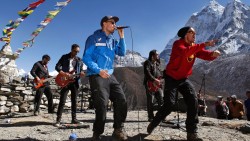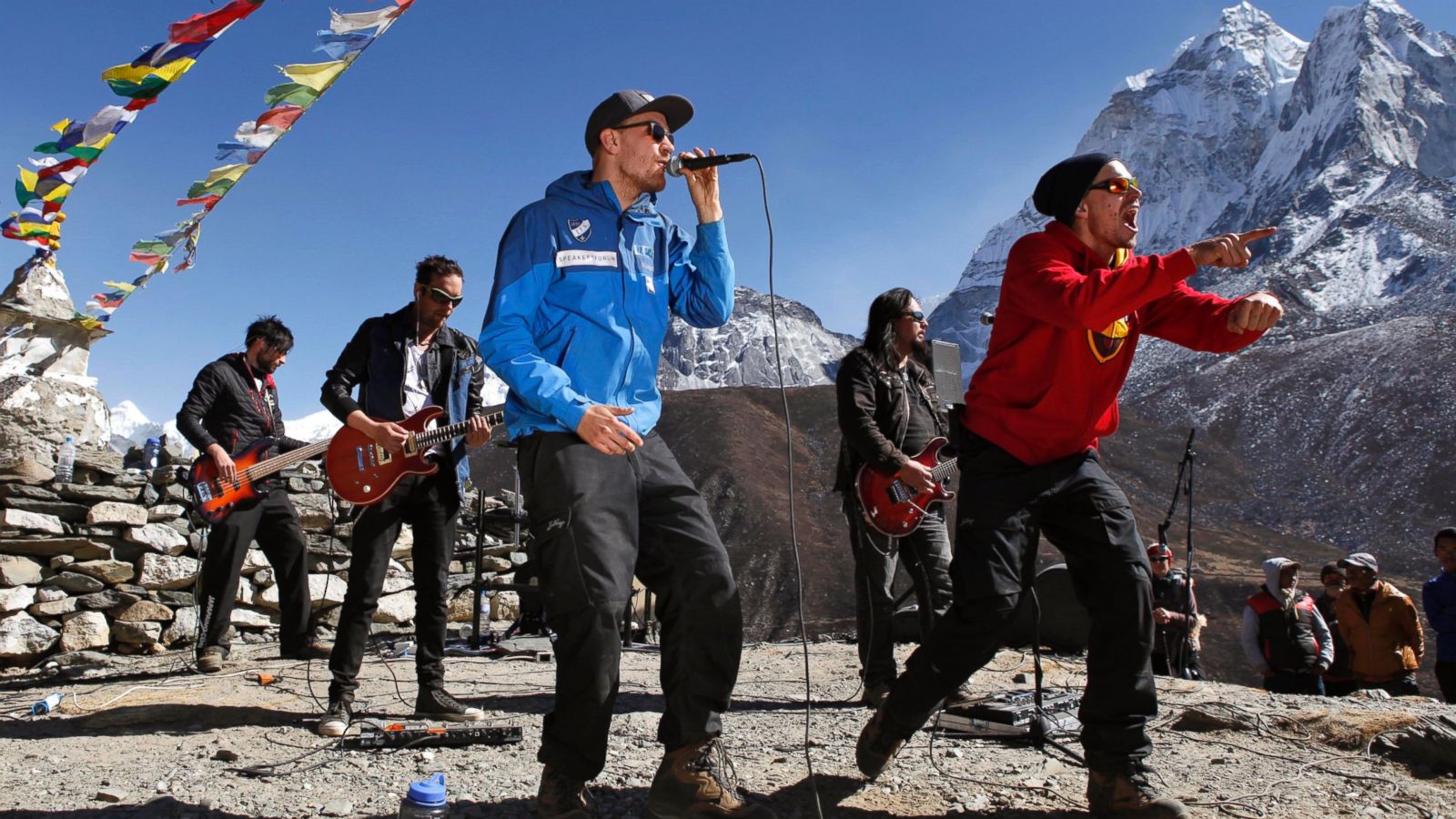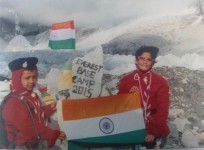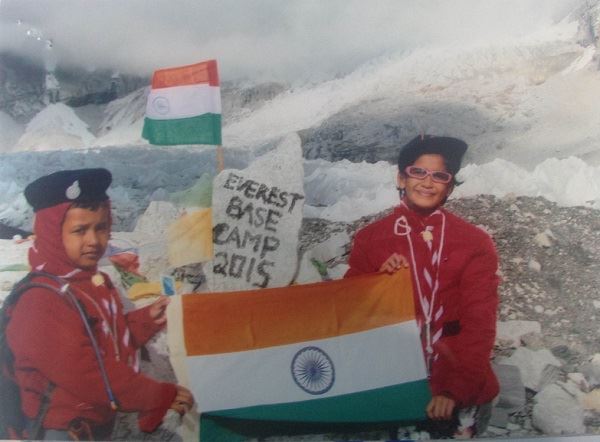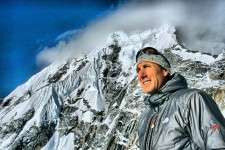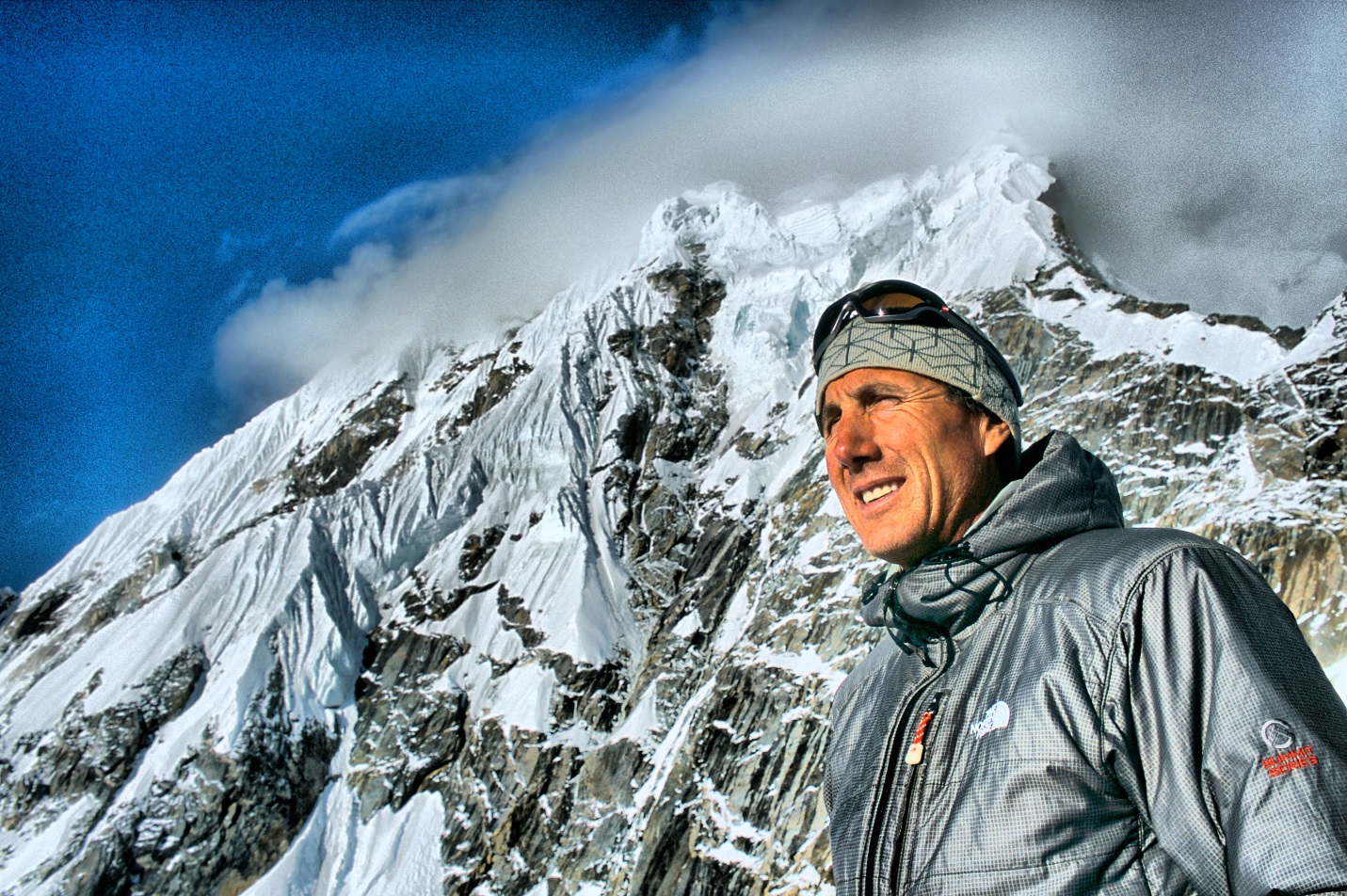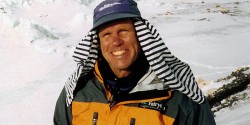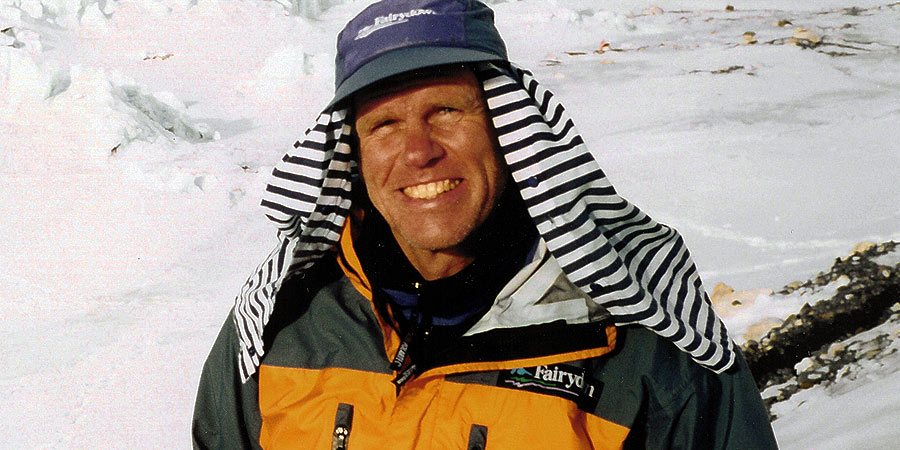A report prepared on the basis of structural, geotechnical earthquake damage and trekking safety assessment has concluded that most of the villages on the Everest Base Camp trail do not appear to have been affected by landslide hazards. The assessment entitled ‘Damage Assessment of Everest Region’ was conducted between June 27 and July 2 by Miyamoto International, a global engineering, construction management and project management company with funding from the International Finance Corporation.
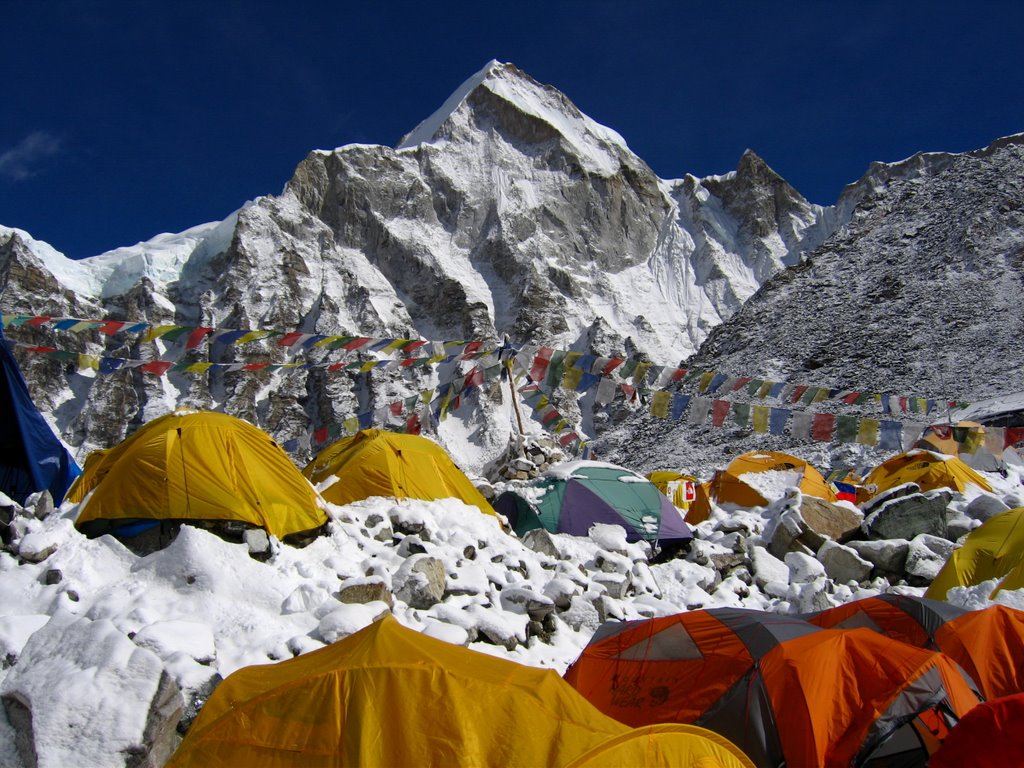
“As there is no major damage, it is possible to begin trekking in the region. We have received the draft report and we have yet to get the final report,” said Tulsi Gautam, director general of the Department of Tourism, adding that the department will launch the report next week after getting full report.
According to the report, none of the nine suspension bridges assessed by Miyamoto engineers appear to have been affected by new geotechnical hazards. Much of the trail and most of the rock retaining walls, both above and below the trails, are undamaged as per the report. However, the engineers observed very little foundation damage to the buildings.
“As most of the trails and bridges are safe, we can resume trek from September after monsoon ends,” said Sagar Pandey, general secretary of Trekking Agencies Association of Nepal (TAAN).
TAAN expects that trekking business will revive by 25 percent from August and more than 60 percent by autumn next year.
The report, however, notes that a number of villages like Phakding and Jorsale have significant existing rockfall hazard while Toktok, Bengkar and Shomore have been affected by very serious geotechnical hazards.
According to the report, the damage in the lower valley, below Namche Bazaar, is greater than in the upper valley as the slopes are generally steeper in the lower valley.
“In the lower valley, the damage tends to be concentrated on the true right side of the river. This is likely because the dominant defect orientations within the rock are dipping out of slope on the true right and into slope on the true left. This means that there are more kinematically feasible failure mechanisms on the right side of the river,” the report said.
The report further said that there may also be a seismic directivity effect since the true right of the river may have been shaken in a different manner from the true left as the United States Geological Society (USGS) modeling shows clear propagation of energy toward the east.
To manage risks associated with the hazards identified by the study, the team has recommended completing a detailed risk assessment study, including assessment of likelihood of failure, occupancy of specific areas of trail and villages, and combining these with hazard to assess the risk.
The team comprised of a structural engineer, a geotechnical engineer, a professional mountain guide, a project coordinator and an operations manager. It assessed 15 villages, 710 buildings and nine suspension bridges.
As per the report, out of approximately 710 buildings, earthquake damage of structural concern was observed in 120 buildings i.e. 17 percent, 83 percent of buildings can be given a green tag per Applied Technology Council-20/ Department of Urban Development and Building Construction guidelines.
The good thing, according to the report, is that most of the buildings that were damaged can feasibly be repaired and building owners have started reconstructing damaged buildings.
“The major concern is accommodation and the trails. As the trails are safe and the buildings, most of which are lodges under reconstruction, we can disseminate the message that trekking can resume in the region very soon,” said Pandey.
However, to provide training and guidelines during these critical months of reconstruction would greatly improve the overall built environment of accommodation structures on the trail, the report said.
“The owners also are facing severe shortages of cement, rebar and labor. Supply chains needs to be facilitated to ensure that these materials are readily available and that the quality of repair works will not be comprised due to these shortages,” the report stated.
Report highlights:
- Many villages on the Everest Base Camp trail namely Lukla, Namche, Khumjung, Tengboche, and all villages above Dingboche do not appear to have been affected by landslide hazards.
- Villages like Phakding and Jorsale have significant existing rockfall hazard while Toktok, Bengkar and Shomore have been affected by very serious geotechnical hazards.
- None of the nine suspension bridges assessed by Miyamoto engineers appear to have been affected by new geotechnical hazards.
- Much of the trail and most of the rock retaining walls, both above and below the trails, are undamaged.
- Of approximately 710 buildings, earthquake damage of structural concern was observed in 120 buildings i.e. 17 percent and 83 percent of buildings can be given a green tag.
- The damaged buildings can be repaired and building owners have started reconstruction.
Follow and share our more detail from our social media ; Facebook, Pinterest and Twitter.
hotel in chitwan
hotel in pokhara
hotel in kathmandu
Creative Adventure Nepal
Samrat Holidays
Contact Us:
E-mail: sales@samratnepal
